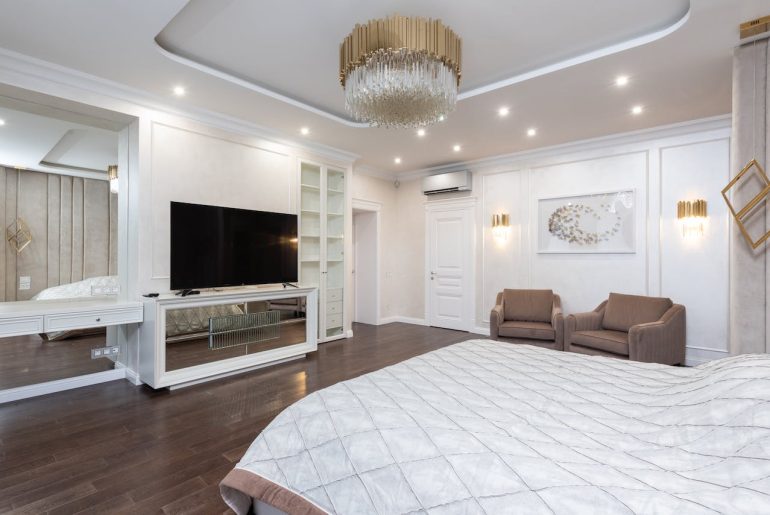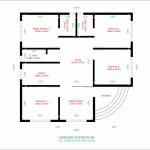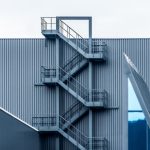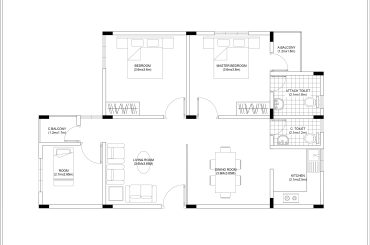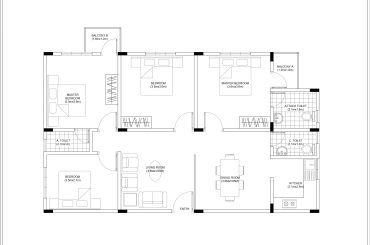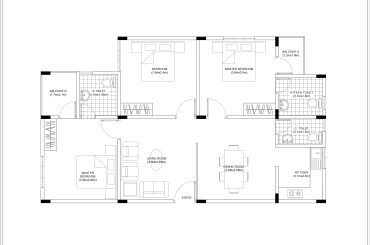A false ceiling materials is like a second ceiling made from different stuff. It’s put below the ceiling and does two remarkable things: it looks lovely and unique. To make it, you can use materials like PVC, Gypsum, POP (Plaster of Paris), wood, and more.
These materials have good and not-so-good sides, so you need to know about them before deciding on a ceiling. This blog will discuss the top 5 types of false ceiling materials to help you pick the right one.
1. POP Ceilings

Guess what! Plaster of Paris (POP) false ceilings start from Gypsum. Yep, POP comes from heating Gypsum. POP is a powder; when you mix it with water, it turns into the desired shape.
They put it on chicken meshes, fiberboards, or wooden boards to make cool designs. Once it dries, they attach it to the ceiling. POP false ceilings last long and keep the room at a reasonable temperature.
POP ceilings look amazing when people design and carve them and add the right lights.
Good things about POP Ceilings
- It’s cheaper (20-25%) than gypsum boards, so it’s not too expensive.
- You can make it into any shape and size you want.
- It’s easy to take care of, and it lasts a long time.
Not-so-good things about POP Ceilings:
- It’s messy to work with because you must mix and shape the powder by hand.
- Only some people can make cool POP ceiling designs. You need to be trained.
- If the mix isn’t good or the work needs to be done better, it can get cracks and look good.
2. Gypsum Ceilings

Gypsum ceilings are boards made in a factory and are very popular among home designers. Installing gypsum boards is easier and faster than POP because it doesn’t involve a messy process, and they come ready to install. Gypsum boards cost more than POP false ceilings because they are cut to different sizes and made in factories.
Good things about Gypsum Ceilings
- Gypsum boards don’t catch fire because they have a particular core.
- They also block out noise and are not heavy, plus they help with keeping the room warm or cool.
- Gypsum boards look strong, especially when paired with laminates, wood, or other metal finishes.
Not-so-good things about Gypsum Ceilings
- Removing gypsum boards is challenging if there’s a leak or damage to the actual ceiling. You have to ruin the board to get to the actual ceiling.
- Gypsum isn’t good in wet and humid areas because it can’t handle moisture or algae.
3. Wooden Ceiling

Wooden ceilings give a natural and cozy feeling to a room, like being in nature. Wood can be shaped into planks, beams, or any style you like, and it looks great with other materials, too. For a unique look, you can mix wood with things like Gypsum, glass, or metal.
Plus, you can make wood even fancier with finishes like veneer, varnish, melamine, and lacquers.
Good things about Wooden Ceilings
- You can paint wooden panels to make the ceiling look modern and stylish.
- If you use good quality wood, the ceiling will last long.
- Wooden panels come in different designs and finishes.
- You can easily attach wood to the absolute ceiling with screws and nails.
Not-so-good things about Wooden Ceilings
- Wooden false ceilings can attract termites and white ants, which is not good.
- Wood is more expensive compared to other materials.
- Wood needs care because it can crack and damage over time.
4. PVC False Ceiling

PVC is an excellent material because it can handle water without getting ruined. PVC false ceilings are a smart choice for home designs because they’re budget-friendly, creative, and can be used everywhere. They are made in factories, so they are durable and not heavy. You can cut, shape, and size them however you want.
Good things about PVC False Ceilings
- They don’t get damaged by water or termites.
- They are cheaper compared to other ceiling materials.
- Installing them is easy because they come ready to use.
- PVC sheets are solid and lightweight, so they don’t need extra finishes.
Not-so-good things about PVC False Ceilings
- PVC doesn’t look natural because it’s made of plastic.
- It can’t handle heat and is not fire-resistant, so it’s unsuitable for hot areas.
5. Metal Ceiling

Metal false ceilings come in different shapes and sizes and are made from metals like iron, steel, and aluminum. These are great for offices and lofts because they are easy to find and ready to use.
Good things about Metal Ceilings
- Metal ceilings are tricky and can last long without damage.
- They don’t need a lot of maintenance and won’t get cracks or warping over time.
- Metal ceilings can handle fire, which is excellent for offices.
- They look shiny and fancy in commercial settings.
Not-so-good things about Metal Ceilings
- Metal needs a lot of care because it can rust.
- You must paint it with a special coating to prevent it from rusting.
- Metal ceilings can be expensive compared to other materials.
Conclusion
You can pick from a few different things when choosing the stuff for your false ceiling materials. There are POP ceilings, which are good because they can change a lot and don’t cost too much. Gypsum ceilings stop fires and make things quieter. Wooden ones make your room cozy but need more care.
PVC false ceiling materials are good around water and don’t cost much, but they don’t look real. Metal ceilings are substantial and stop fires suitable for significant buildings. Each kind has good things and not-so-good things, so think about what you like and what you need to find the best false ceiling materials for your room.
